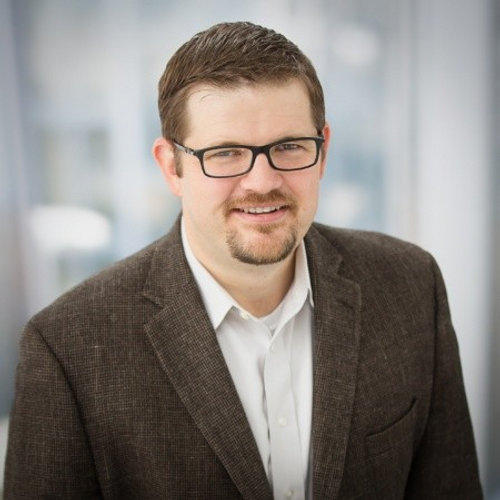Intercropping and Organic Pulses with Clair Keene, Ph.D.
Dr. Clair Keene joins us to talk about both intercropping and incorporating pulses into an organic rotation. At the time of our interview, Clair was the extension specialist in cropping systems at the Williston Research Extension Center where she supported farmers directly as well as conducted research and extension outreach with county agents and other stakeholders. Since that time her title has changed to assistant professor and agronomist at North Dakota State University, but her research interests remain in crop rotation, weed management, cover crops, soil health, organic agriculture, and perennial forages.
We’re going to talk about the intercropping work Clair has participated in as well as some of her efforts to help farmers that want to transition to organic systems in the state. Clair does a great job of blending the agronomic and economic considerations in this episode.
“Farmers that have grown chickpea with flax, say that they don't see as much ascochyta in their fields. They don't need to spray as often. So they see it as a really important disease management tool. And so I wanted to do the small plot work. Let's see if we can ideally try to figure out why, why does it work?” - Dr. Clair Keene
Intercropping is the act of growing two different crops that are generally planted and harvested at the same time. We’ve discussed it on a few different episodes in the past, including episode 10 of season one with Lana Shaw, episode 6 of season two with Tony Wagner, and in a special intercropping bonus episode. Intercropping provides benefits such as disease suppression, dry down, and harvestability in some cases. As with everything, it’s going to be very dependent on your situation, but Clair does see potential with the chickpea/flax and the canola/pea intercrop combinations specifically.
“If we can reduce the need for fungicide use, reduce the number of fungicide applications, that's probably the fastest way to reduce chickpea cost of production or at least that I'm aware of.” - Dr. Clair Keene
This Week on Growing Pulse Crops:
- Meet Dr. Clair Keene assistant professor and agronomist at North Dakota State University
- Explore her research involving intercropping with pulse crops and best practices for disease management and ease of harvest
- Discover additional considerations with regard to organic production
Growing Pulse Crops Podcast is hosted by Tim Hammerich of the Future of Agriculture Podcast.

